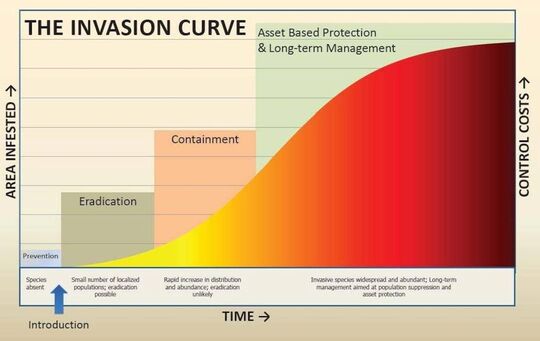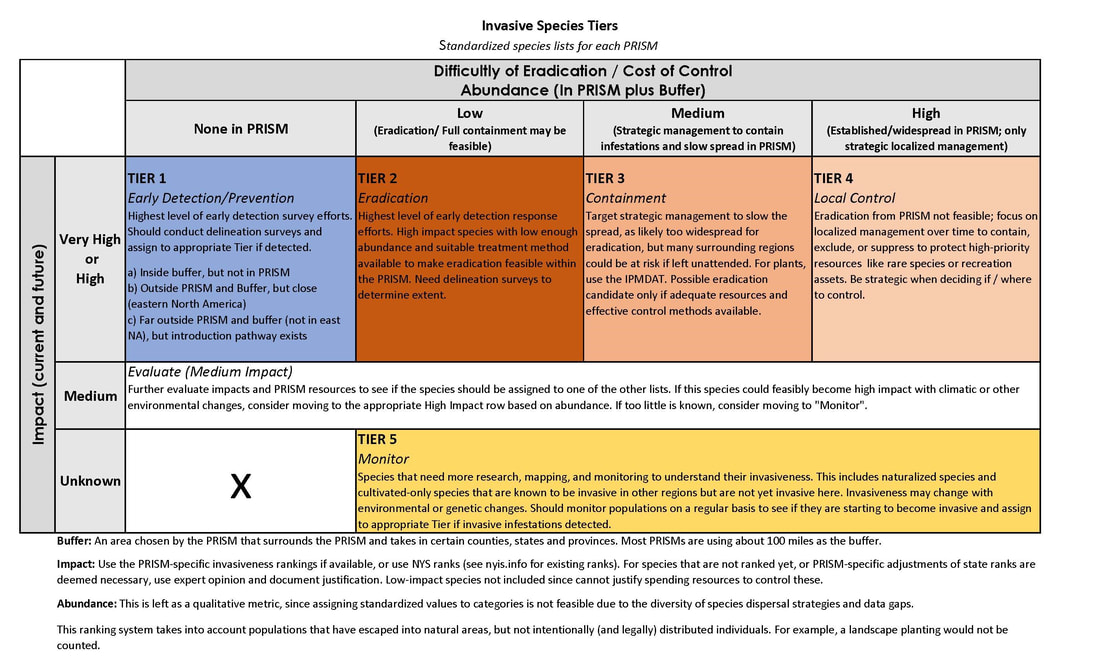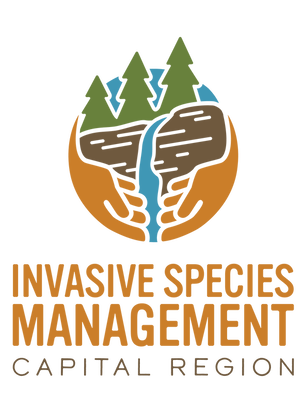|
Click a button to find resources and pictures of terrestrial or aquatic species that are found on our tier list!
|
The PRISM has categorized invasive species based on known populations into a tier ranking system. The purpose of the tier system is to focus attention on high threat species that are not found in our region or are appearing in small populations that are manageable with limited resources. Preventing the introduction of emerging invasive species is the most cost effective strategy in controlling invasive species. Early identification and rapid response to new infestations that are found in small populations can result in successful eradication. When an invasive species is found regionally over a widespread area the cost to control populations can become prohibitive.
For information on the difference between an emerging and widespread plant, check out our Tier List, which ranks the species of concern for the region in order of abundance and management strategy. Tiers 1 and 2 are considered high priority species due to the possibility of prevention and eradication. Each PRISM has a tier list that is used to prioritize management projects once species are identified. These lists cover all taxa of invasive species.
The Invasion Curve and Tier List Defined
|
The Invasion Curve below demonstrates that prevention is the most efficient and cost-effective method of controlling invasive species. As invasive species becomes more established over time, the effort and associated costs of addressing infestations increases significantly. The PRISM has delineated populations into a Tier System that follows the invasion curve.
Tier list species are also determined using the NYS regulated/prohibited lists here as well as the NYS invasiveness rankings found here. The New York State Natural Heritage Program has a comprehensive state-wide tier list. To view that page click here. |

USDA Forest Service 2005 Invasive Plant Environmental Impact Statement
|
Tier System
Find what tier 2 species may
be hiding in your area!
Hosted by Cornell Cooperative Extension. Website ©2016 Capital Region PRISM• Designed by Molly Pokrzywka




